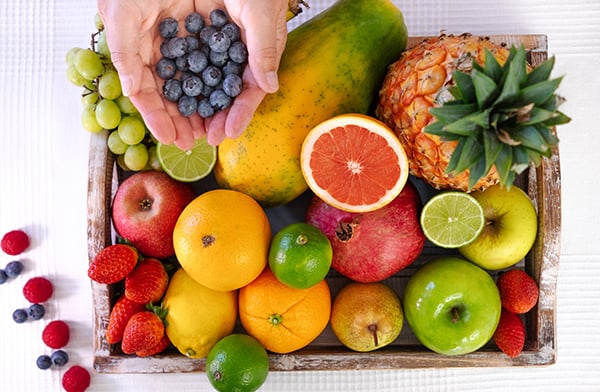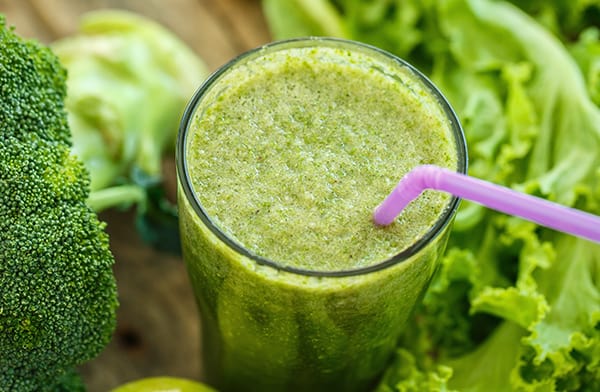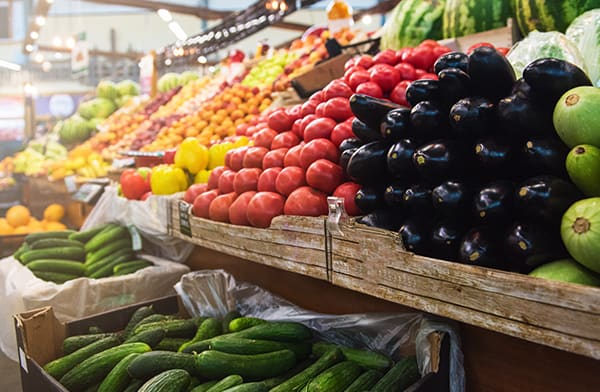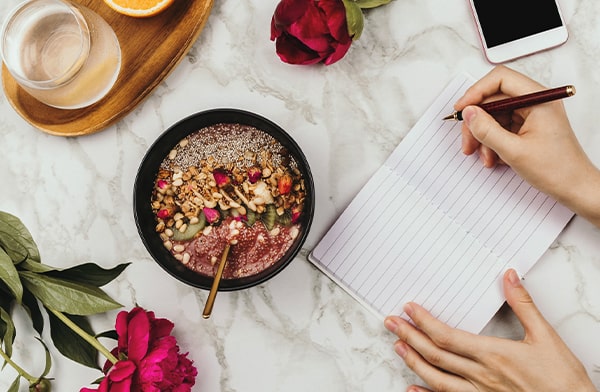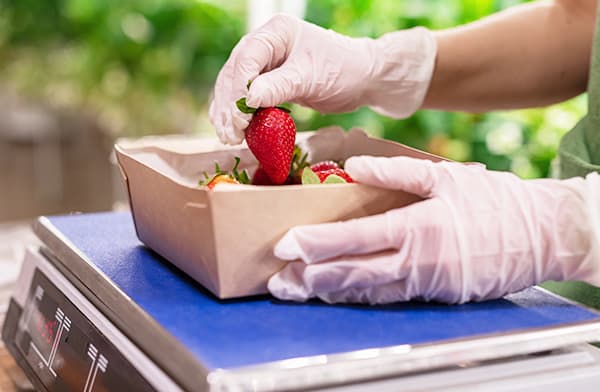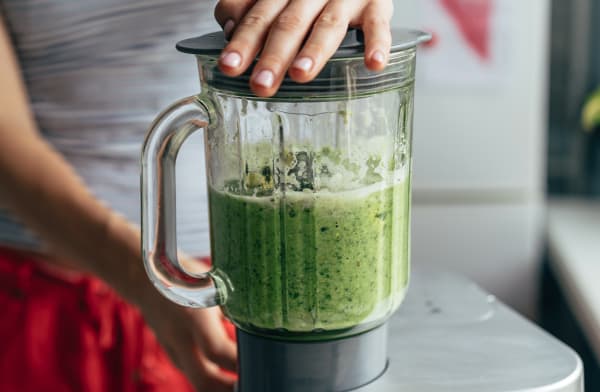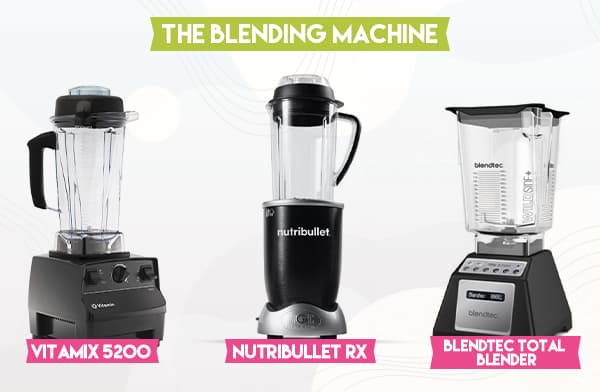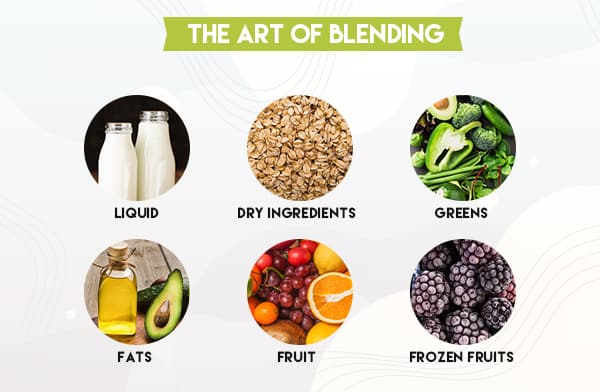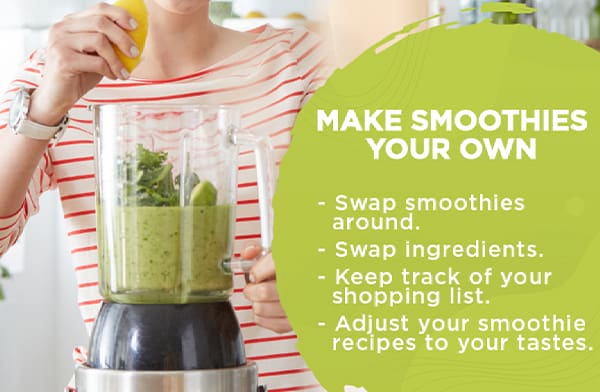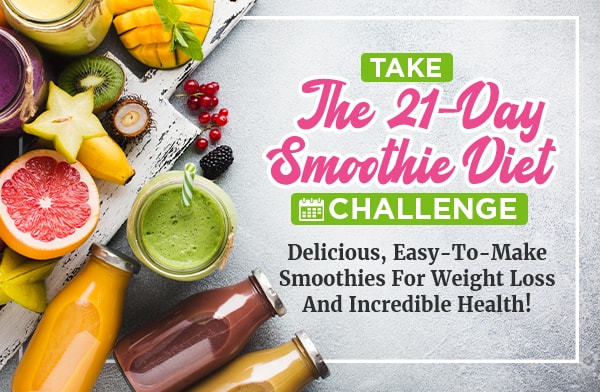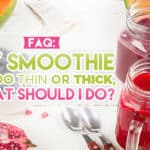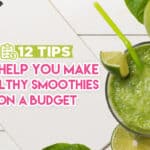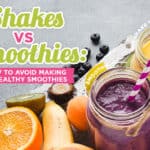[Guide] How to Make the Perfect Smoothie Every Time
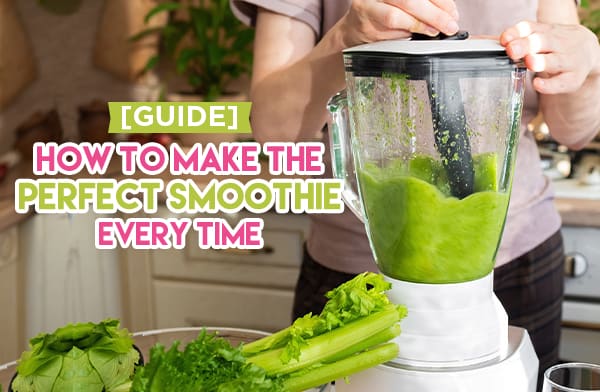
In my mind, there are two components that every smoothie must have for it to be a perfect smoothie.
These two components are:
- Consistency. Not in terms of the thickness of the smoothie; but rather in the process. If you follow the same recipe, with the same ingredients and the same blender, it will produce the same smoothie every time. You’ll never have variation between smoothies day to day with consistent recipes.
- Health. The perfect smoothie is a healthy smoothie. That means using whole foods, fresh ingredients, and a minimum of sugars and other additives that make a smoothie worse for you. The best way to do this is by setting up a smoothie-making process at home, which is what I’m here to help you do.
If you can nail these two aspects of a smoothie, you’ll be able to make the Perfect Smoothie every time. So, to help you achieve this lofty goal, I have a bunch of assorted tips and a whole process for you.
Digging Deeper
Before we get into the tips I’m providing here; I want to give a shout-out to The Smoothie Diet. I know I’m biased, but I designed it, after all. The PDF you get when you buy The Smoothie Diet isn’t just a list of recipes and basic tips; it has everything I’m going to cover today and then some. I go into blenders, ingredient substitutions, and even the science behind using the diet to lose weight. Check it out!
Starting With Ingredients
Making a perfectly consistent smoothie requires two things: a good blender and good ingredients. I’ll get into blenders later, so for now, let’s start with ingredients. I have a lot to say about these, so I might be glossing over some details.
I dig deeper in the full Smoothie Diet package, and you can also ask me questions in the comments if you have something specific you want to know.
Smoothies Need Greens
The first thing, and a position I will be firm on, is that the perfect smoothie has greens in it. That’s right; every smoothie, not just green smoothies. Green smoothies are great, don’t get me wrong. But, greens add a level of health with their fiber, vitamins, and minerals that you just can’t get anywhere else.
Different greens have slightly different flavors and textures. Some are leafier, while others have an almost peppery taste to them. The trick is, when mixed with other strong flavors, they can be hidden entirely. They don’t have to be the focus of your smoothie.
The greens I usually recommend are Kale, Arugula, Chard, Spinach, Romaine, and Bok Choy. Of those, romaine has the most neutral flavor, arugula has the strongest flavor, and spinach is the most commonly used in smoothies. Bok Choy is a great addition most people don’t consider, so give it a try and see what you think.
Buy Ingredients In Season and Bulk
The best produce is fresh produce. The freshest produce is produce that is locally grown. You’ll save money and get better taste, texture, and health benefits out of your fruits and vegetables if you buy them when they’re in season. Now, what exactly is in season in your area depends on your local climate, so you’ll want to do a little research for that.
My recommendation is to buy in bulk when produce is in season and prepare/freeze your ingredients ahead of time. That way, you know the flavor, texture, freshness, and everything else is going to be consistent. If you don’t have the time or the space to do all of that preparation, buying pre-frozen produce is fine, too, though some won’t be available (like your greens, mostly). Just avoid canned and preserved produce that ends up loaded with sodium.
Plan Ahead
Part of the power of the Smoothie Diet is that I provide a complete recipe plan for the full 21-day program, which you can carry forward indefinitely if you want. I give you a list of recipes, but more importantly, I give you a shopping list of all of the ingredients you’ll need for the week. That way, you can buy everything you need, prepare and freeze what you aren’t using right away, and have everything on hand as you need it.
The biggest trick here is sticking to the list. Look ahead, make any substitutions you want to make, build your list, and then go shopping. Preferably, drink a smoothie or eat a snack before you go, so you aren’t shopping while you’re hungry. That way, you’ll be able to stick to the list, and you won’t waste time or money buying less healthy snacks.
Weigh, Separate, and Prepare
Consistency is the key to a perfect smoothie. You want to be able to make the same thing time and again. That means you need precision. I recommend using a kitchen scale to measure out your ingredients by weight. After all, “one banana” can be wildly different in size from one to the next. A cup of fruit or a “handful” of greens can be very inconsistent as well, depending on the fruit or greens, the size of the handful, or the size of the fruits.
You can do this in advance. If you know you’re going to need about half a banana for your smoothies, take your bananas and weigh half of one, then start portioning out the rest. Package them up individually, and you’ll have ready-to-go ingredient packs for your smoothies. You can also sort them up and package ingredients together to have everything you need for a smoothie in one baggie in the freezer (minus your liquid and ingredients like nut butters that don’t need preserving, of course).
The Blending Machine
Making a smoothie is about more than just the ingredients. The blender you use matters, both because it needs the power to chop through tougher and frozen ingredients and because you want one that will last and not need to be replaced every six months.
Which blender should you get? Well, that’s tricky. Covid means that a lot of supply lines are messed up, and some of the best blenders are either unavailable or a lot more expensive than they used to be. I also expect that some manufacturers are going to start using sub-par parts just to get machines on the shelves, so we’ll see a drop in quality in the next year or two.
Assuming the quality of the product remains the same, I have a few recommendations:
- Vitamix 5200. This is a powerhouse of a smoothie maker, and it can tear through pretty much anything you put in it and keep asking for more. It’s an expensive initial purchase, but it lasts years, so it’s worth the investment if you can swing it.
- Blendtec Total Blender. Remember those commercials where they would use this blender to chop through things like rocks, phones, and whatever else they could think of? That’s this blender. Like the Vitamix, it can tear through anything and last years, but it’s also expensive to buy.
- Nutribullet RX. This is your best bet for a budget blender. It’s cheaper, and it probably won’t be a decades-long staple in your kitchen, but it’s powerful and durable enough to last for a while. Just make sure you get the larger container.
Other blenders may work fine! The key is to find one that is durable enough to last, has a powerful enough motor to chop through frozen ingredients, and has a decent warranty in case it breaks. If you have another recommendation, feel free to leave it in the comments.
The Art of Blending
Blending up a smoothie “works” no matter how you do it, but if you want a perfectly consistent smoothie every time, you should get in the habit of adding your ingredients in the right order. You have to do more than just dump everything in the cup and hit “pulse” for a few minutes.
Add ingredients in batches, blend them down, and repeat until your smoothie is perfectly mixed. Here’s my process, and it’s one that I swear by.
- Liquid. Your liquid base should go in first, so you already have something your other ingredients can mix into.
- Dry ingredients. Oats, flaxseeds, and other dry ingredients need to be blended up and soaked to avoid a grainy or chewy texture. Add them and blend with the liquid before adding anything else.
- Greens. Adding the greens early helps ensure they’re fully incorporated into the smoothie, and you won’t have stray bits of leaf to get stuck in your teeth. You can add the dry ingredients and the greens at the same time before your first blend if you want.
- Fats. Avocado, nut butters, oils; anything with fat in it should be added at this stage. You don’t want to add them too late, or they’ll separate. By adding them early, you can get something similar to an emulsion, which helps keep your smoothie nice and smooth.
- Fruit. I usually recommend adding fats and fruits at the same time. Fruits don’t need as much work to break them down, so adding them near the end of the process is usually the best time.
- Frozen fruits. Adding your frozen ingredients (or just plain ice) should be done near the end. This way, they stay cold and can thicken up your smoothie the most. You especially want to make sure you don’t add your frozen ingredients when all you have is some liquid; otherwise, you’ll make ice cream more than a smoothie.
At this point, you can then add ingredients to adjust the consistency of your smoothies. I have a bunch of tips on how to adjust your smoothie to make it thicker or thinner. So much so that I wrote a full blog post on just that subject. If it’s an issue you’re having, check out that post here.
Make Smoothies Your Own
One thing to keep in mind is that the Smoothie Diet is a program, but it’s very flexible. You can make adjustments to pretty much everything, so long as you know what you’re doing.
Customize it to make it your own. That way, you’ll be able to stick with it and lose weight, make perfect smoothies, and feel better along the way.
- Swap smoothies around. Just because I recommend Tropical Blast on Monday doesn’t mean you need to have it on Monday. Save it for a treat on Wednesday if you like. Shuffle smoothie recipes around to suit your preferences.
- Swap ingredients. If you’re allergic to an ingredient, don’t use it. Swap it out with something else. The same goes for ingredients you just don’t like. Just make sure you don’t abandon one entirely; you might not like kale, but you should always have some kind of green.
- Keep track of your shopping lists. If you swap ingredients or smoothies from day to day or week to week, your shopping list will change. Make sure you adjust for those changes.
- Adjust your smoothie recipes to your tastes. Have a sweet tooth? Add some honey or a date. Want something tangier? Add a bit of lemon or citrus juice. You can change around your smoothies to make them yours.
The key here is that I’m not really trying to get you to follow my program; I’m trying to get you to follow a program that works for you. I’m giving you a starting point, which you can customize to make your own. It’s always easier to stick with something if you enjoy doing it, so if you find yourself forcing a smoothie down that you don’t enjoy, stop making it! As long as you’re replacing meals with smoothies, snacking mindfully, and eating healthier, you’ll lose weight and feel better in your daily life. And really, what more could anyone ask for?
So, if you think you’re ready to go, check out the Smoothie Diet. It’s a great place to start. Additionally, if you have any questions or concerns regarding today’s topic or similar, feel free to reach out at any time!

